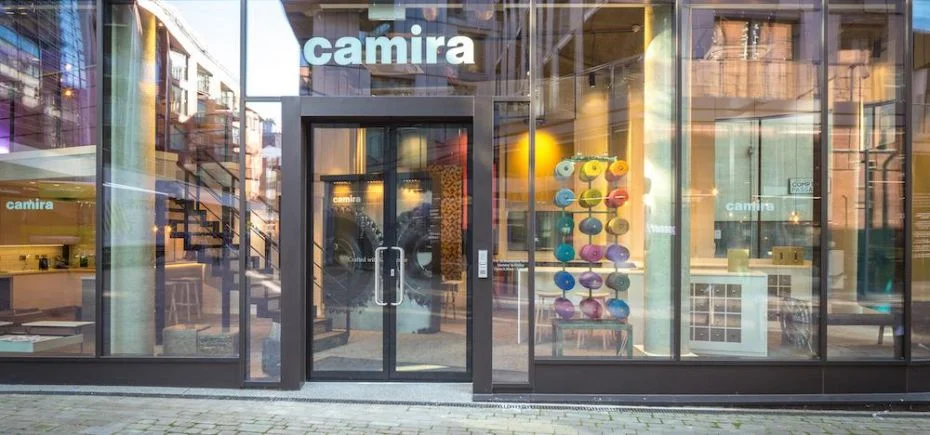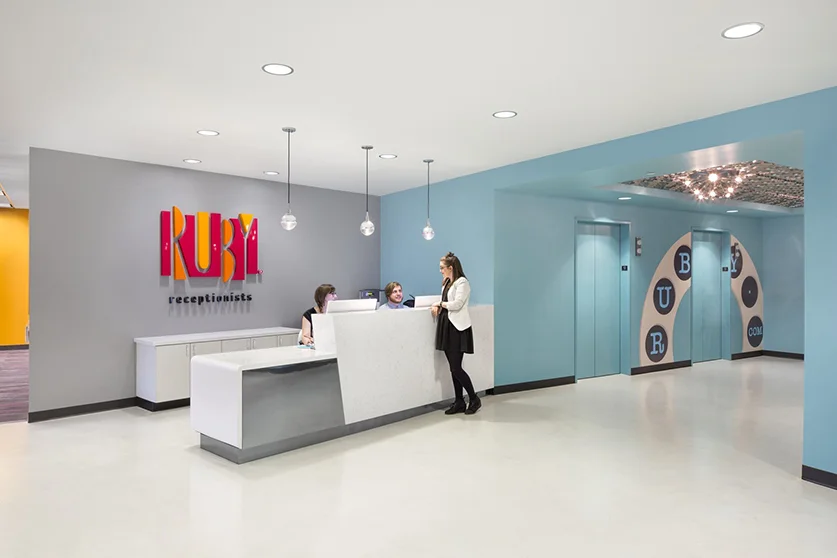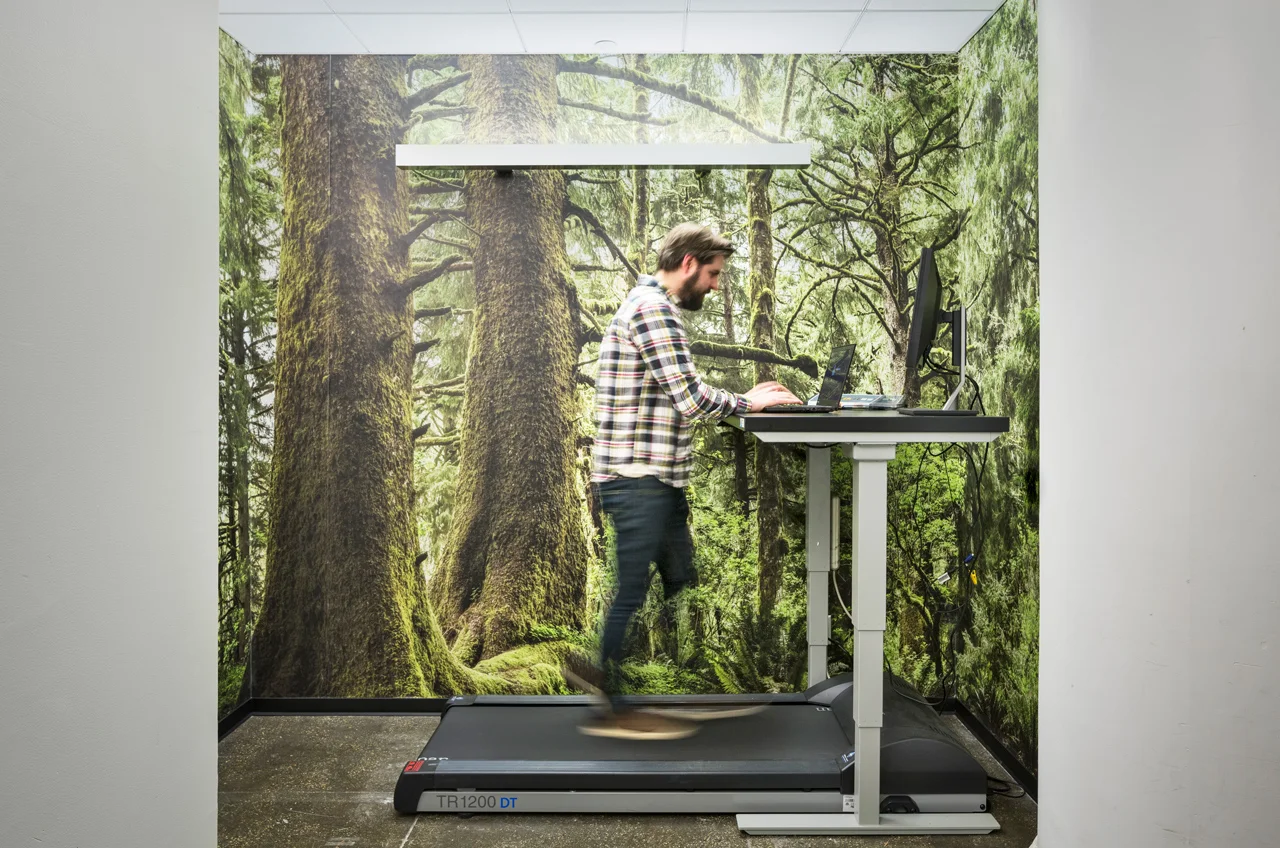![Trump Threatens The Design Industry, And Design Is Fighting Back]()
On the morning of November 9, just a few hours after news broke that America had elected Donald Trump as its 45th president, Diego Zambrano was walking to the Supreme Court in downtown Brooklyn, where he would finally be made a citizen of the United States. When Zambrano made it to the courtroom with his wife, who was also being naturalized, the mood was somber. Zambrano hadn’t expected that. Online, he’d read stories about how people would bring their whole families, laughing and crying, taking pictures. Instead, Zambrano says, "It felt like a funeral. Everyone describes it as a very special thing. It didn’t feel like that. Everyone was tense. There was a feeling like we had barely made it."
Zambrano, who’s been living and working in America for a decade, lives close to the Brooklyn Supreme Court, but even closer to Work & Co, the digital design firm where he’s a partner. Since its founding in 2013, the firm has been the very picture of business success in the 21st century: It has won a slew of awards and all-star clients such as Google, Facebook, and Apple. It has swelled to nearly 200 employees across three offices around the world. But Brooklyn remains its largest and most diverse office—43% of the staff are foreign-born, and a huge percentage of those are in the U.S. on work visas. To Zambrano and his partners, Trump’s ascendency didn’t simply feel like an abstract threat to American values; it felt like an affront to the ideals that had built the company. Would the business be safe? If so, what role would the company bear in fighting for its ideals? These are questions that have loomed large at creative agencies across the United States over the past two weeks, and there are no easy answers.
Via fastcodesign.com >
























